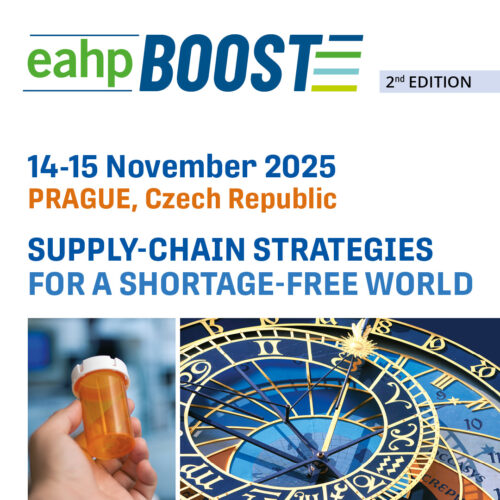Supply difficulties in oxygen humidifiers: an opportunity to promote good practice
Pdf

European Statement
Selection, Procurement and Distribution
Author(s)
Margaux DUFOSSE, Claire ANDREJAK, Abir PETIT
Why was it done?
By May 2022, we learned about the sale discontinuation of oxygen humidifiers from one of the two manufacturers in our country, due to the constraints of MDR 2017/745. The second manufacturer restricts its products to hospitals with marketing partnerships. In our hospital, oxygen humidifiers are used regardless of the oxygenation medical device (nasal cannulas, masks, tubes or tracheotomy tube) or oxygen flow rate. We had to define indications and prescriptions to control consumption in our hospital.
What was done?
To promote good use of oxygen humidifiers and control our consumption in a context of shortage we have drawn up a scientific explanatory document, a procedure and a prescription support.
How was it done?
We suppressed services’ allocations for humidifiers, to encourage prescription via the Electronic Patient Record. We set up a working group, including pharmacists, resuscitators, pulmonologists and nurses, to write a good use sheet, underlining high-priority medical indications taking account of scientific literature and respiratory medicine learned societies’ recommendations. To assess its effectiveness, we compared humidifiers’ consumption before and after we set it up and evaluate prescriptions’ number and conformity for the first 4 months, from May to September 2022.
What has been achieved?
The group restricted indications to paediatric patients, patients with tracheotomy and patients with oxygen flow rates above 5L/min and upper respiratory tract lesions such as nose bleeding, nasal discharge congestion, or nasal mucosa’s irritation or lesions. We wrote the good use sheet, mentioning the circuit’s montage and conditions for dispensing humidifiers. Before the new procedure, the mean consumption was 1,415 units per month, versus 39 per month from June. Regarding prescriptions’ conformity, 12 (8.7%) out of 138 were denied: six patients on ambient air, four with nasal cannula, one without any severity criteria, a not nominative prescription.
What next?
This collaborative and multidisciplinary work enabled a change in practices. Supply difficulties, initially seen as challenging, are a great opportunity to promote good use, and secure patient care. Although they have now been resolved, with a new supplier, we maintain our measures to ensure patients’ security and well-being.
























